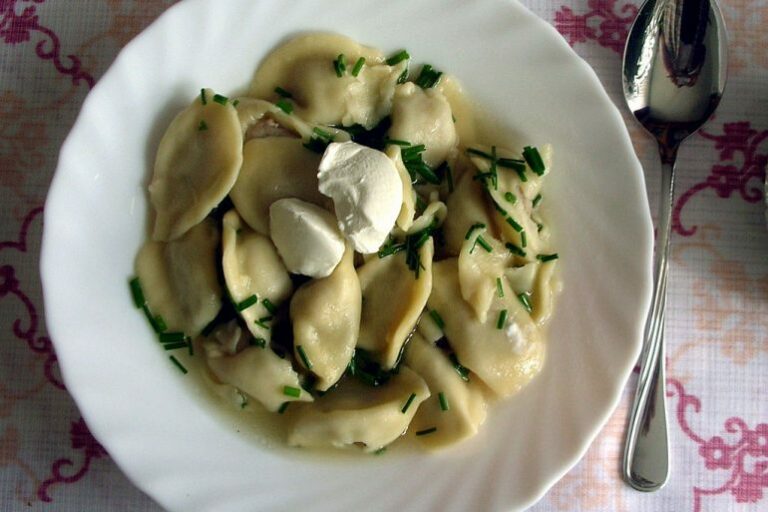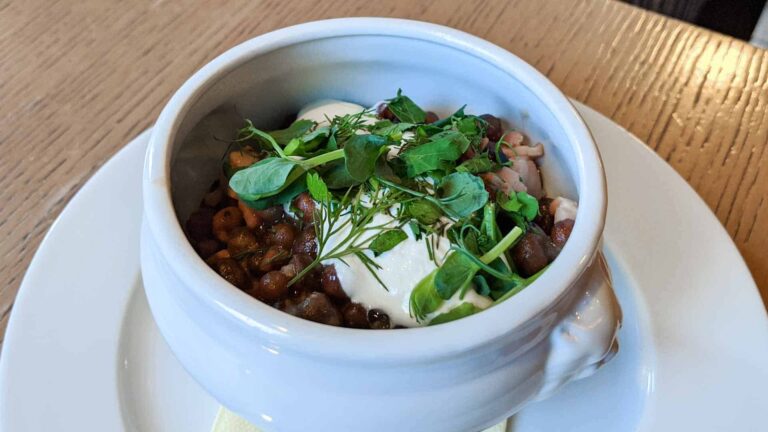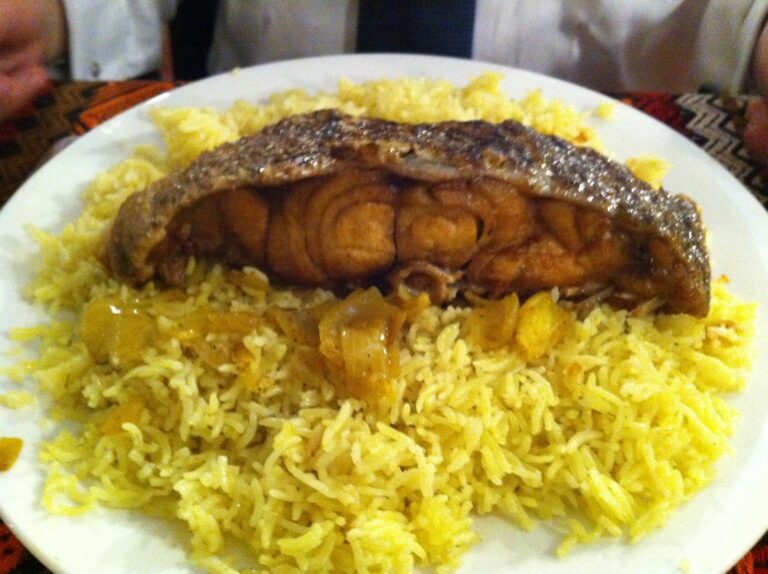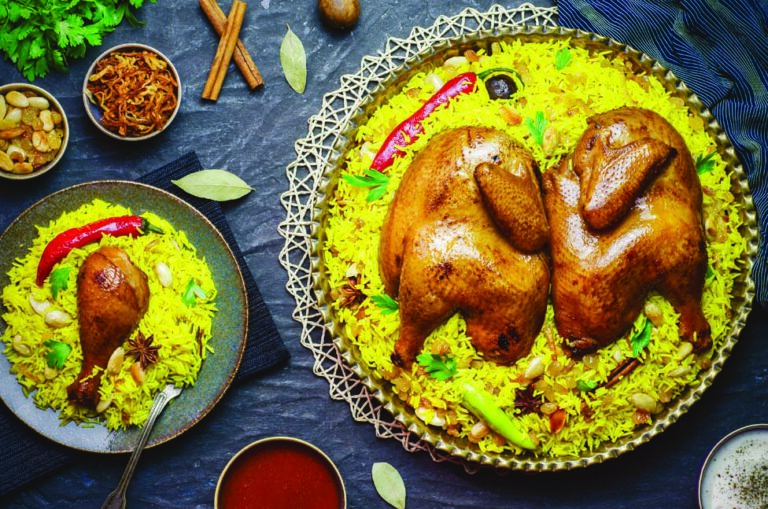Introduction: Kazakh Cuisine
Kazakh cuisine is a fusion of traditional nomadic dishes and influences from the various cultures and civilizations that have existed in the region over the years. The cuisine is known for its hearty and flavorful dishes, which reflect the harsh living conditions of the nomadic tribes that roamed the region.
The History of Kazakh Cuisine
Kazakh cuisine has a rich and varied history that stretches back centuries. The nomadic Kazakh tribes relied heavily on meat and dairy products, as these were the most reliable sources of sustenance on the harsh, arid steppe. As a result, many of the traditional Kazakh dishes are meat-based, featuring lamb, beef, and horse meat.
Influences from Nomadic Lifestyle
The nomadic lifestyle of the Kazakh people has greatly influenced their cuisine. Many of the dishes are designed to be portable and easily transportable, as the nomads were always on the move. As a result, many of the traditional dishes are cooked in a large pot over an open fire.
Conqueror Influences on Kazakh Cuisine
Over the centuries, the Kazakh region has been conquered by a number of empires and civilizations, including the Mongols, the Turks, and the Russians. Each of these conquerors left their mark on the cuisine, introducing new ingredients and cooking techniques. For example, the Mongols introduced noodles, while the Turks introduced spices such as cumin and coriander.
Modern Kazakh Cuisine and its Influences
Modern Kazakh cuisine has been influenced by a number of factors, including globalization, urbanization, and tourism. As a result, many of the traditional dishes have been modernized and adapted to suit modern tastes and lifestyles. For example, traditional meat dishes are now often served with vegetables and salads, reflecting a growing trend towards healthier eating.
Conclusion: Richness of Kazakh Cuisine
In conclusion, the cuisine of Kazakhstan is a rich and varied fusion of traditional nomadic dishes and influences from the various cultures and civilizations that have existed in the region over the years. From the hearty meat dishes of the nomads to the exotic spices of the Turks and the sophisticated cuisine of the Russians, Kazakh cuisine is a true reflection of the region’s diverse history and culture. Whether you are a meat lover, a fan of spicy food, or simply looking for something new and different to try, there is sure to be something in Kazakh cuisine to delight your taste buds.










